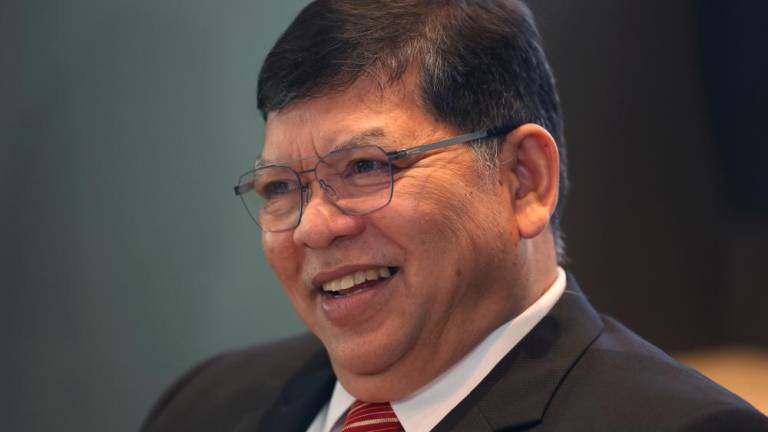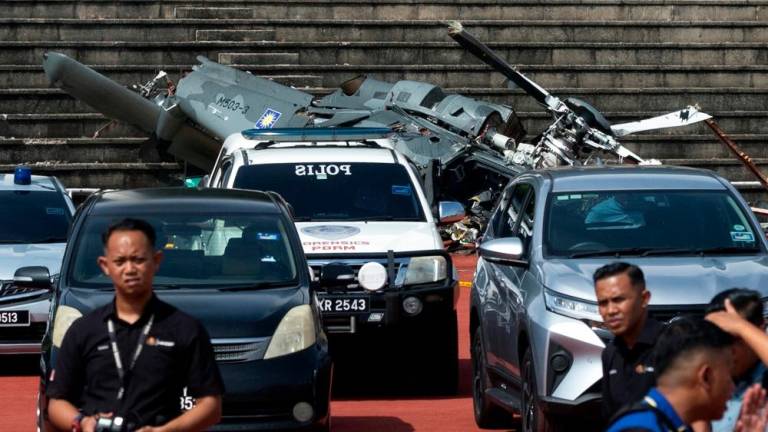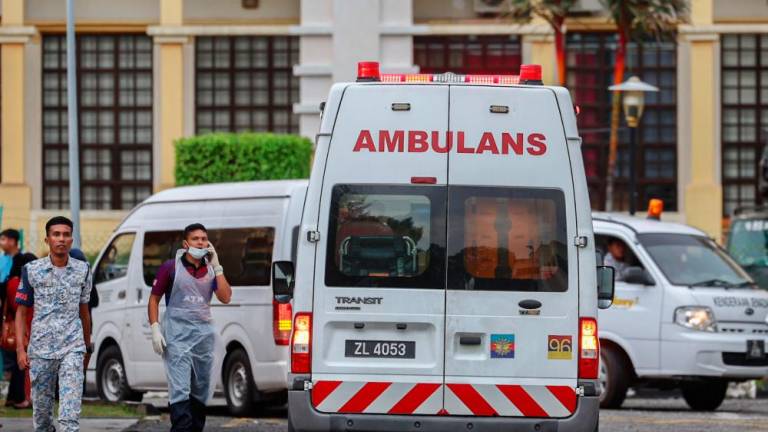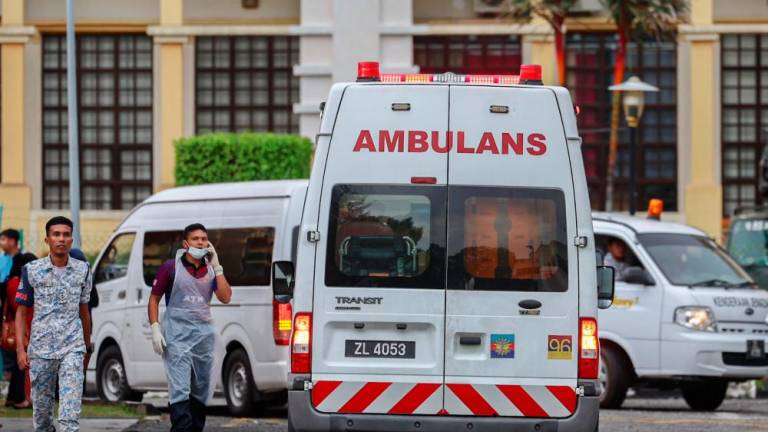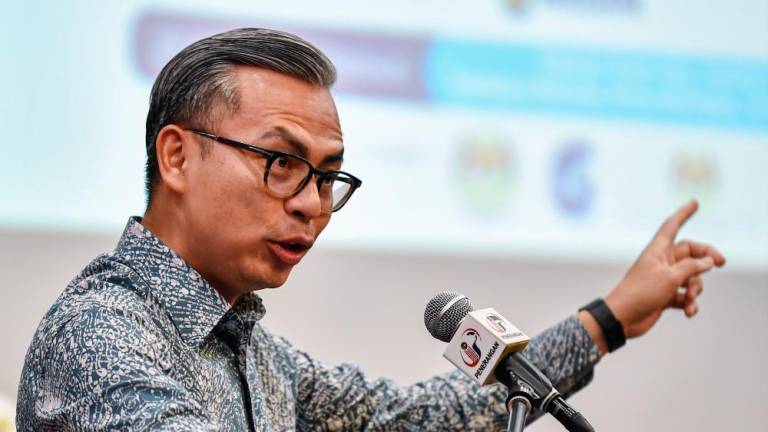AT the end of the UN climate change talks on Dec 15 in Katowice, Poland, everyone was left wondering: has the world moved forward to avert the ravages of climate change? Perhaps not much could be expected. After all this conference was to draw up rules to guide countries to implement the goals established by the 2015 landmark Paris Agreement.
The rules that emerged are within a narrow remit. Technical ones on how countries measure and report on the greenhouse gases emitted, how to account for progress on meeting commitments to curb emissions, and setting targets for financial assistance to developing countries. The “Rulebook for the Paris Agreement” aims to hold all countries to proper standards of their commitments.
But conspicuously absent are key questions on tackling climate change: how countries will step up their targets on cutting emissions. The present targets are woefully inadequate. On current targets, the world is set for 3°C of warming from pre-industrial levels – a far cry from the Paris Agreement’s 2°C with the aspiration of attaining 1.5°C.
The report by the Intergovernmental Panel on Climate Change warns of dire consequences if global temperature rises reached or exceeded 1.5°C above pre-industrial levels. Such as “heat waves, droughts, floods, the die-off of coral reefs, and the decline of agricultural productivity in large swathes of the world”. Already large parts of the world have seen extreme weather – heatwave in the UK, wildfires in Europe and the US, floods in India and storms in Southeast Asia.
Typical was the lament by Greenpeace: “Governments let the people down again as they ignored the science and the plight of the vulnerable. Adopting a set of rules for climate action is not nearly enough; without immediate action, even the strongest rules will not get us anywhere.”
Alluding to the fact that countries need only to show well after 2020 that they have met targets set a decade ago for cutting emissions.
Many notable commentators – the naturalist Sir David Attenborough who spoke at the start of the meeting and professor emeritus Noam Chomsky – have warned of the existential threat to civilisation itself by this manmade disaster. “If we don’t take action, the collapse of our civilisations and the extinction of much of the natural world is on the horizon.”
Developed versus developing countries
A glaring impediment was the persistent refusal by developed countries to acknowledge their historical responsibility. The 1992 UN Framework Convention on Climate Change notes that the largest share of historical and current global emissions of greenhouse gases originated in developed countries (Western Europe and North America) as they industrialised using fossil fuel – and their economies prospered. This was the genesis of climate change. Developed countries with historically 1/6th of the world’s population account for more than three-fourths of the carbon dioxide emissions.
The per capita emissions of developing countries, in contrast, are still relatively low, as the convention noted. Their social and development needs mean that their share of global emissions will grow.
Hence the imperative to share equitably the remaining carbon space – how much more emissions should be allowed. Else these countries cannot develop. With the poor and vulnerable paying – sometimes with their lives. This is why equity assumes a major and central role in meeting the climate change challenges.
That is why equity must be operationalised and meaningfully in the periodic global stocktake – a process for taking stock of collective progress towards achieving the purpose of the Paris Agreementand its long-term goals – on which basis countries will decide on enhancing their climate action and ambitions.
Despite the mandate in the Paris Agreement for the periodic global stock to be carried out “in the light of equity”, developed countries resisted any attempt to include equity as a holistic consideration in this process.
And what of the means of implementation especially finance and technology – from the developed to developing countries – as agreed to in Article 4.7 of the Convention and the Paris Agreement? Developed countries have paid only a fraction of the US$100 billion a year promised in Paris. The Katowice accord now postpones to 2020 the initiation of setting a new collective quantified goal on finance.
Developing countries need these means of implementation to enhance their ambition to reduce emissions. In fact, developing countries’ pre-2020 nationally determined contributions made known in Paris were more ambitious than those of the developed countries.
So, despite the progress made at this year’s talks, the failure to recognise that while all countries share a common responsibility, the obligations are differentiated with the developed world assuming a greater share of responsibility.
What next?
The UN will meet again next year in Chile to thrash out some final outstanding elements of the Paris rule book. The crunch could come much later when countries prepare for the 2019 stock take of existing commitments delivered before 2020, the 2023 global stock take, and report progress in 2024. At these junctures, countries must meet the deadline for their current emissions commitments.
But if developed countries maintain their intransigence, and refuse to agree to their responsibility and commitments including the provision of finance, any further progress may well be stultified.
In the ominous signal by John Kerry, former US secretary of state: “The test is whether the nations of the world will pull out of the mutual suicide pact that we’ve all passively joined through an inadequate response to this crisis”.
Gurdial was spokesperson of the Like Minded Developing Countries at the UN Climate Change conference in Katowice, Poland. Comments: letters@thesundaily.com









